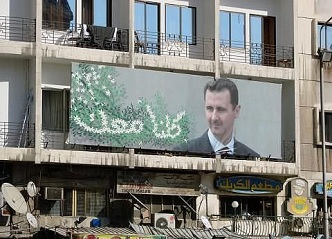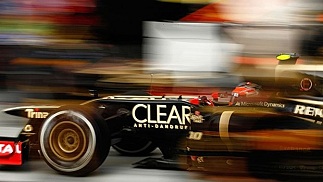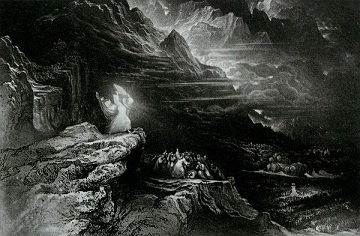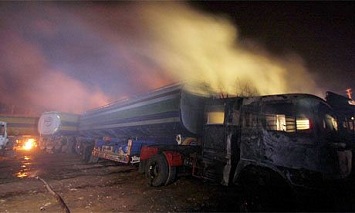New York Times beats drum for war in Syria … and beyond
In a cynical and duplicitous editorial Saturday, the New York Times stepped up its campaign for US political subversion and military action against Syria, while demanding Washington adopt a more aggressive posture against Russia and China. The editorial, headlined “Assad’s Lies,” is itself a compendium of lies, as the newspaper reprises its role in the run-up to the US invasion of Iraq, when it peddled the Bush administration’s lies about supposed Iraqi “weapons of mass destruction” in order to neutralize the widespread popular opposition to the war.
The Times indicts Assad for “cruelty and blindness,” which would hardly make him unique in the region. Virtually all the US allies and client states in the Middle East—Bahrain, Saudi Arabia, Yemen, the military dictatorship in Egypt, the Netanyahu government in Israel—display those characteristics. This week, for example, has seen violent repression of anti-government protests in Bahrain and Tunisia, both right-wing regimes closely tied to the United States, along with saber-rattling threats by Israeli officials of a unilateral attack on Iran, an action that would represent a war crime of monstrous proportions.
The Times editorial is written in its typically hand-wringing tone, bemoaning the “bloodbath” in Syria and the danger of a “wider war,” although the policy advocated by the newspaper—and carried out by the Obama administration—leads inexorably to both outcomes. The Times would like its readers to forget the fact that the US government is directly or indirectly arming the opposition in Syria, using both American Special Forces and US proxies like Qatar and Saudi Arabia. Moreover, where does the danger of “wider war” come from—the beleaguered Assad is hardly likely to invade any of his neighbors—if not from the intervention of a US-led coalition along the lines of the NATO operation against Libya last year.
Most sinister is the editorial’s indictment of Moscow and Beijing, as it presents US motives in the Syrian crisis as humanitarian, even altruistic, while vilifying Russia and China for “playing a pointless geopolitical game.”




























